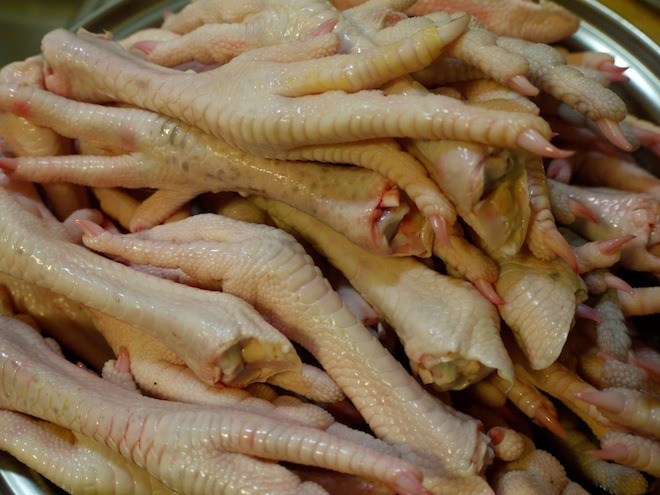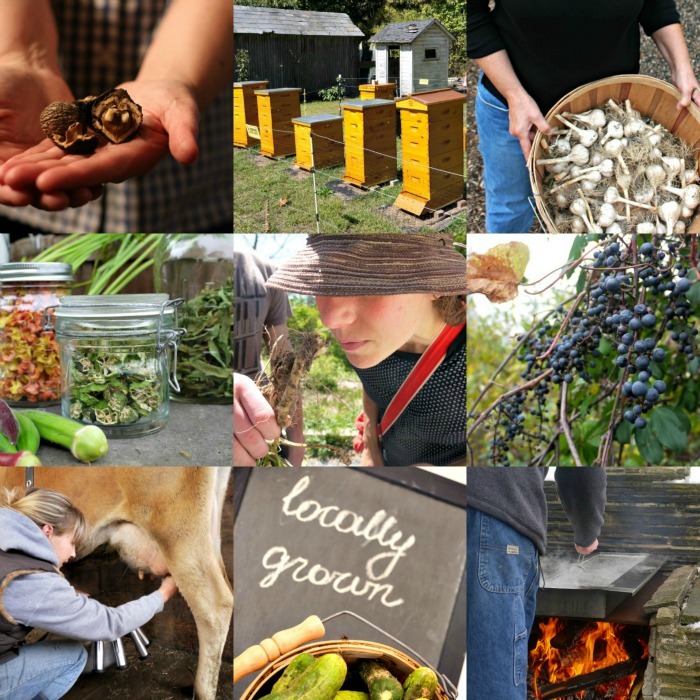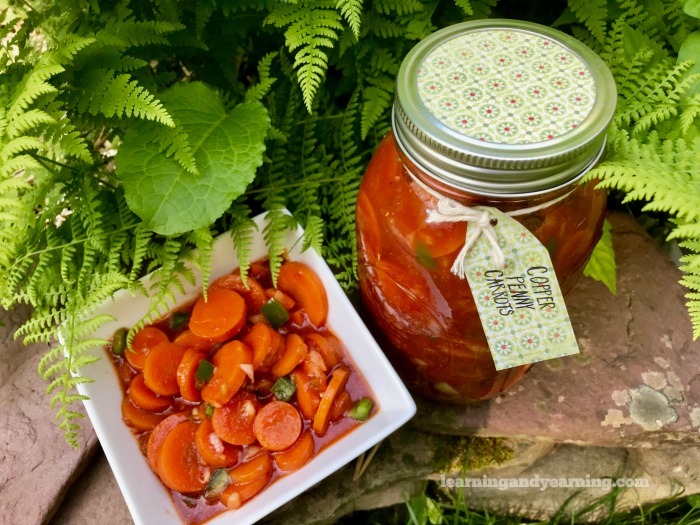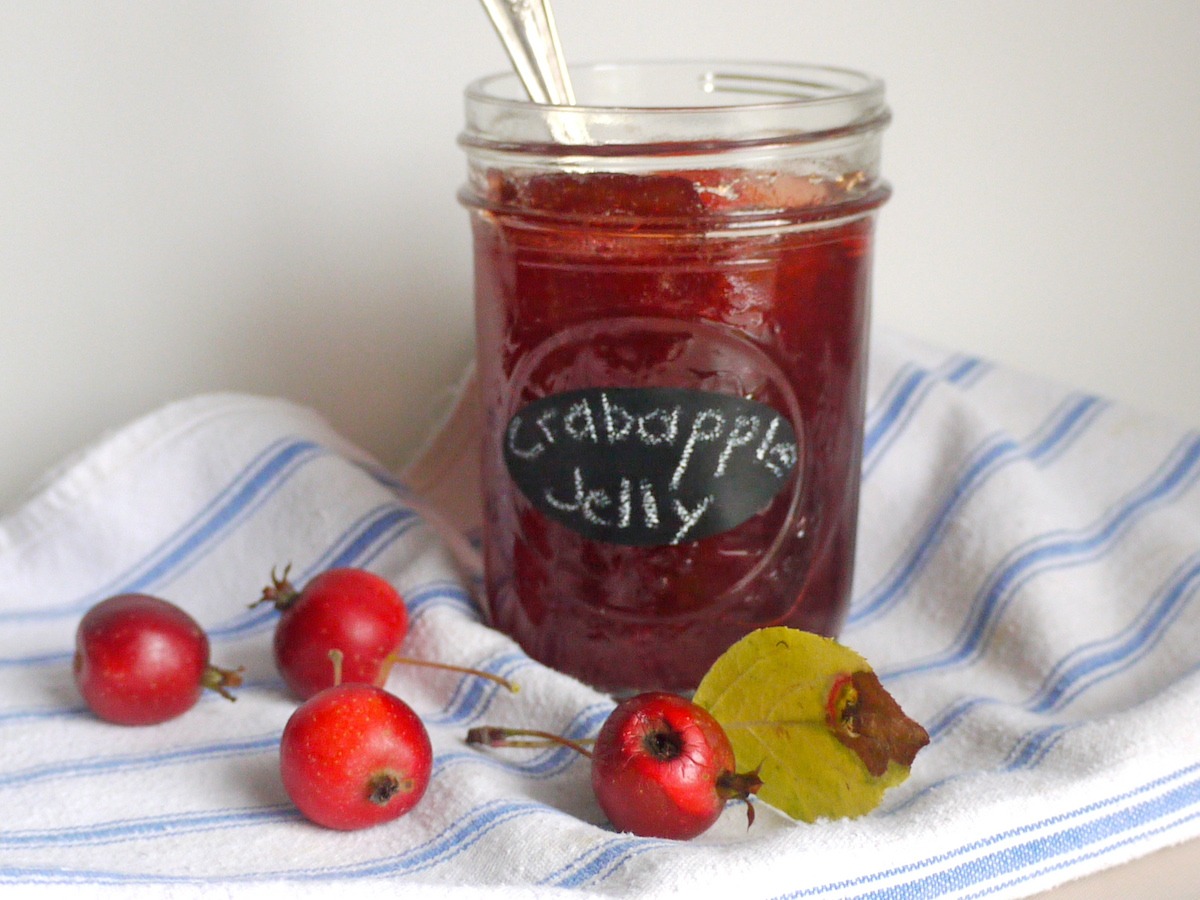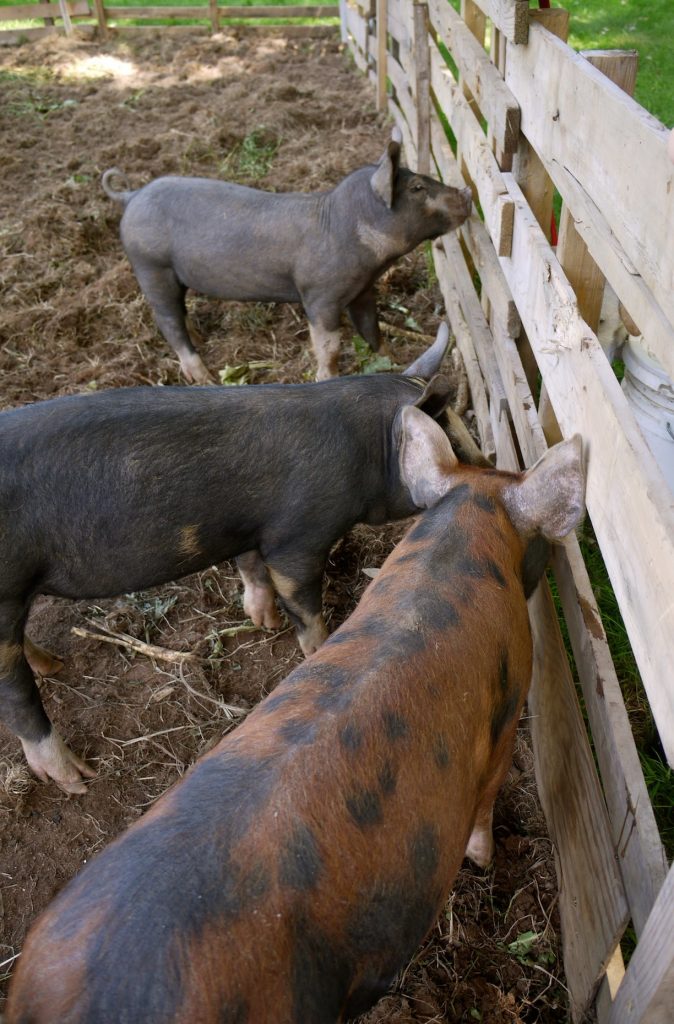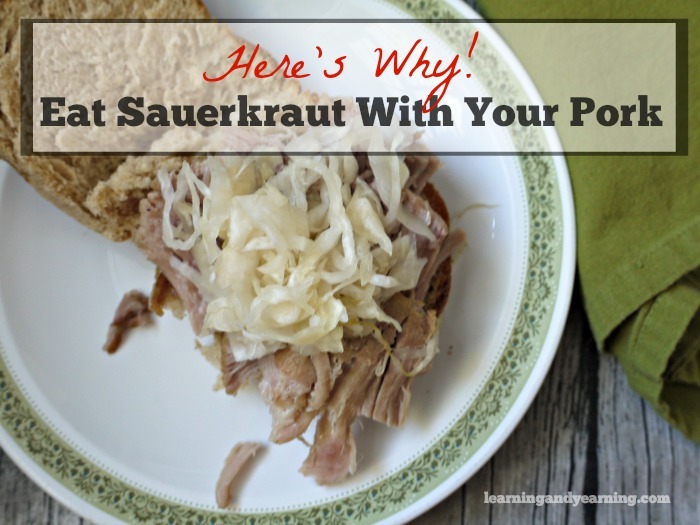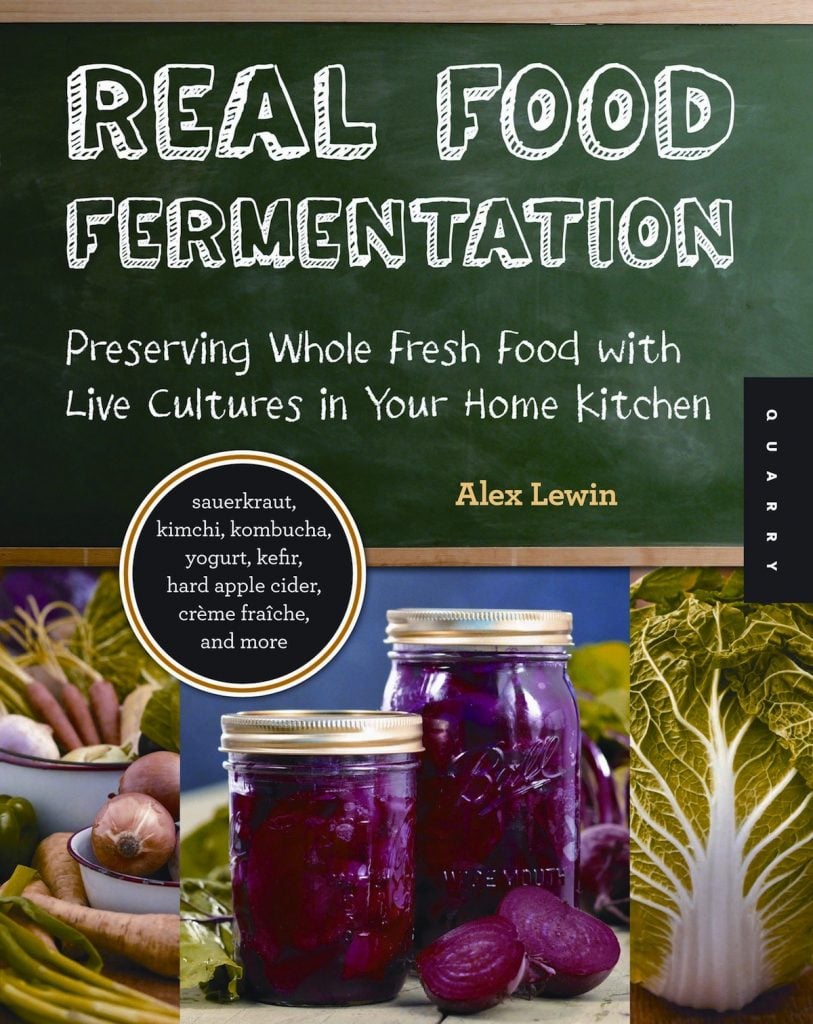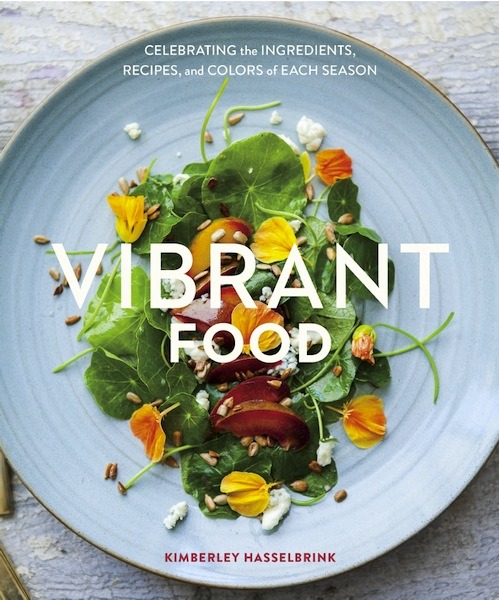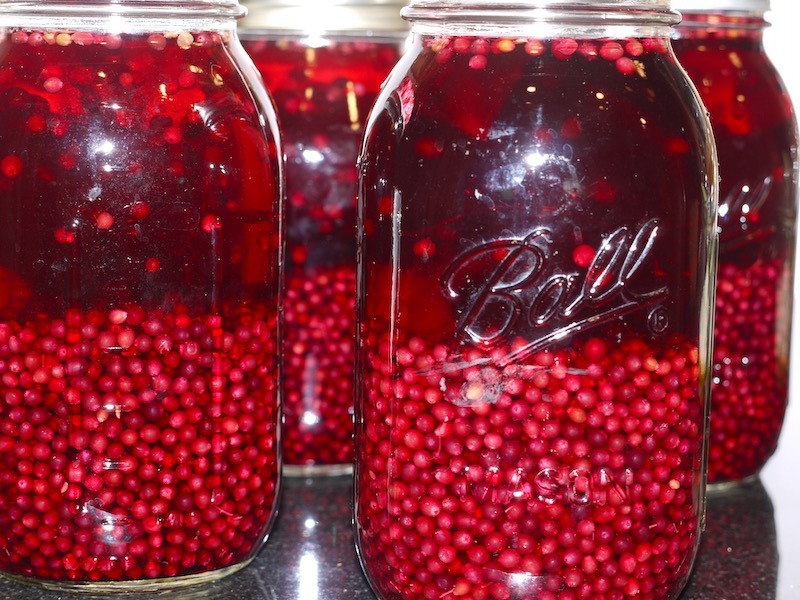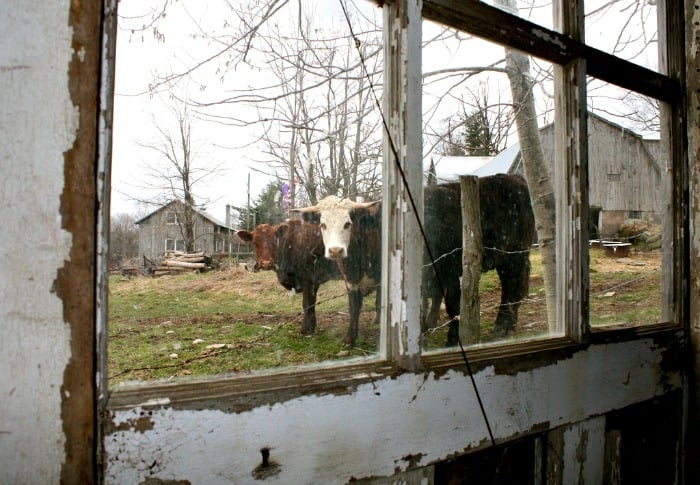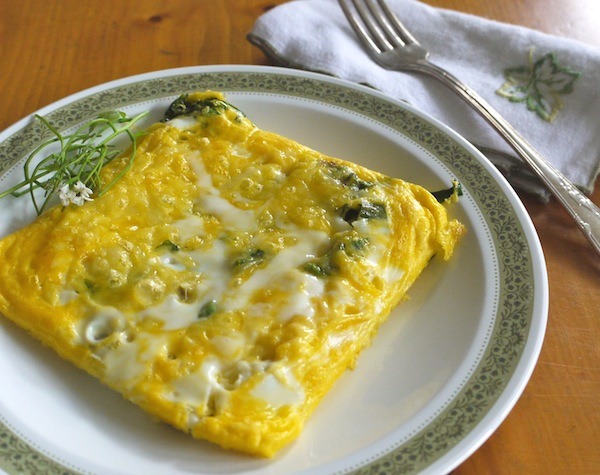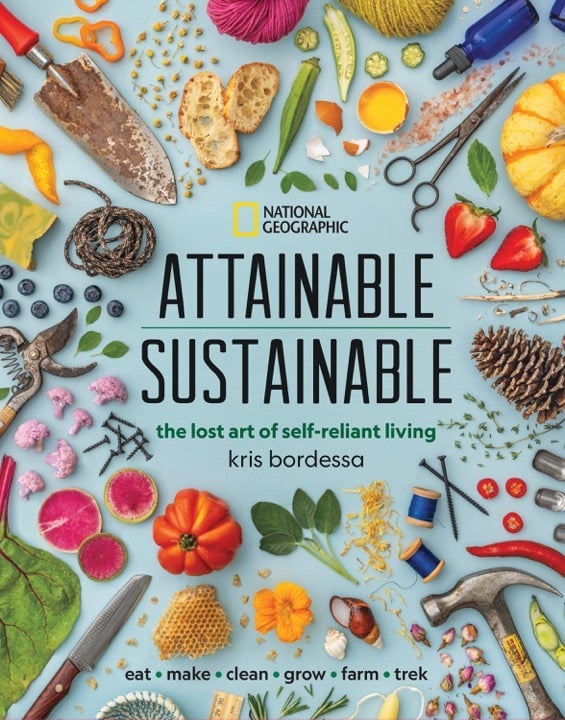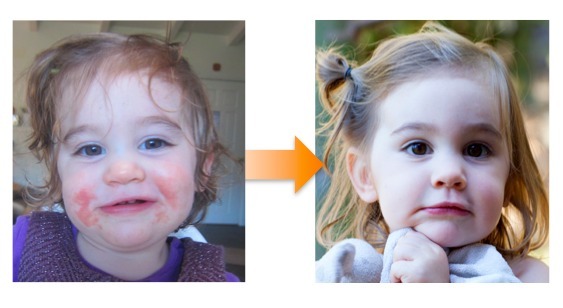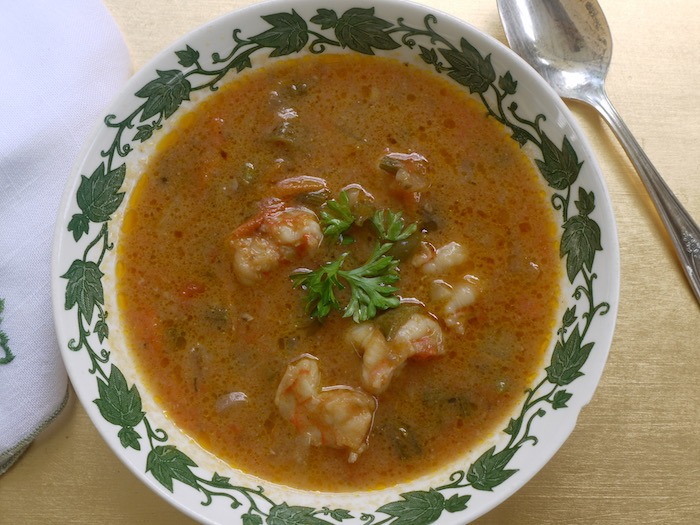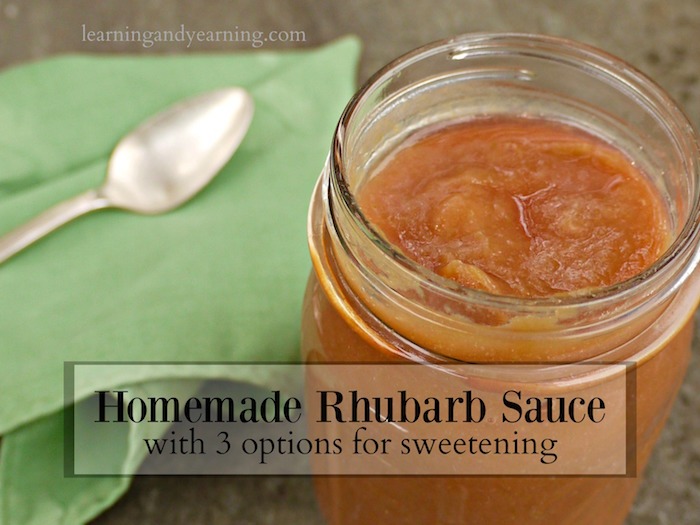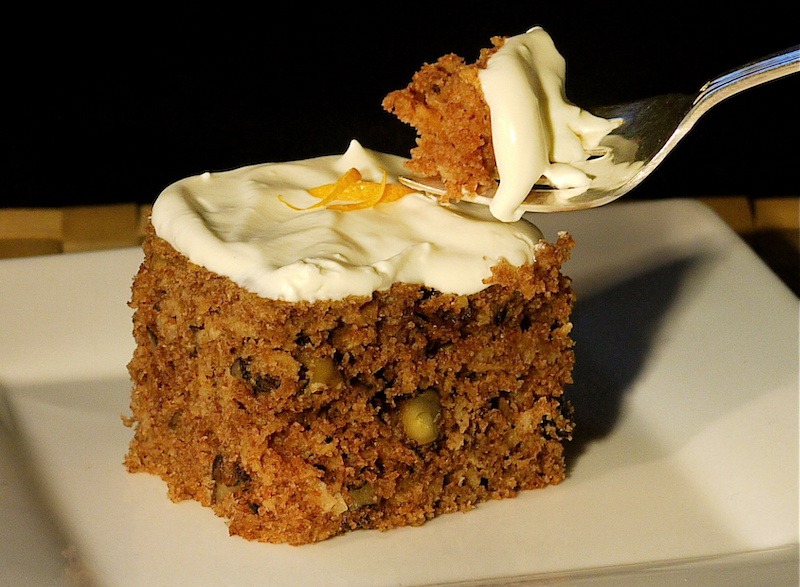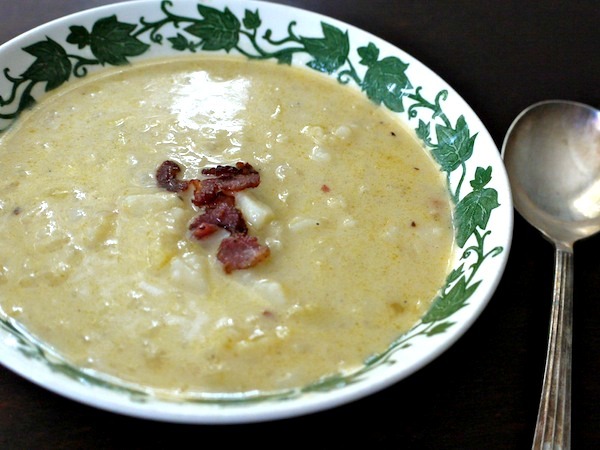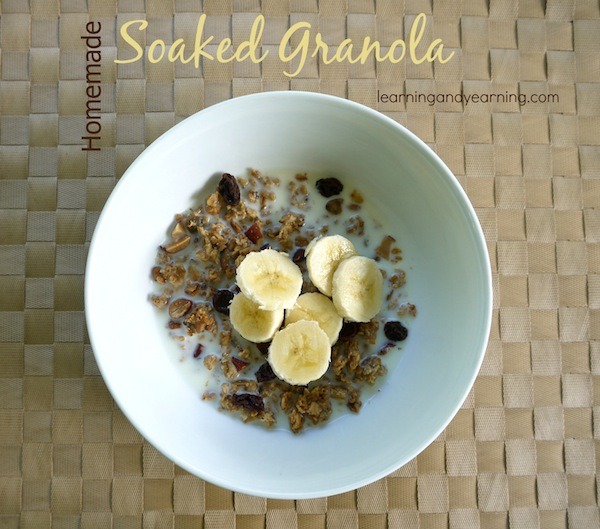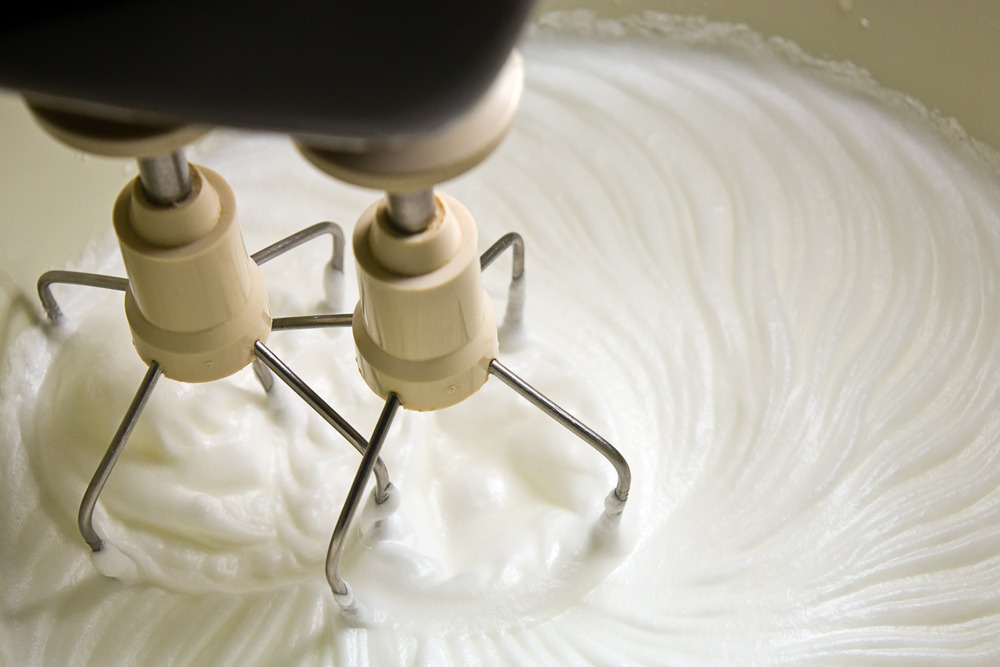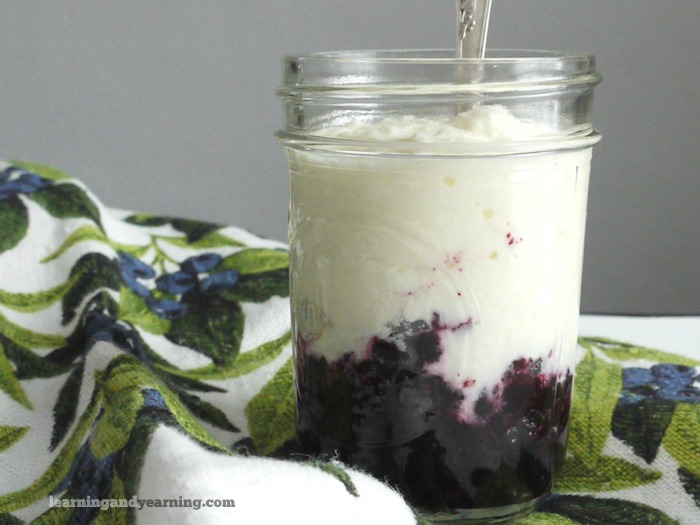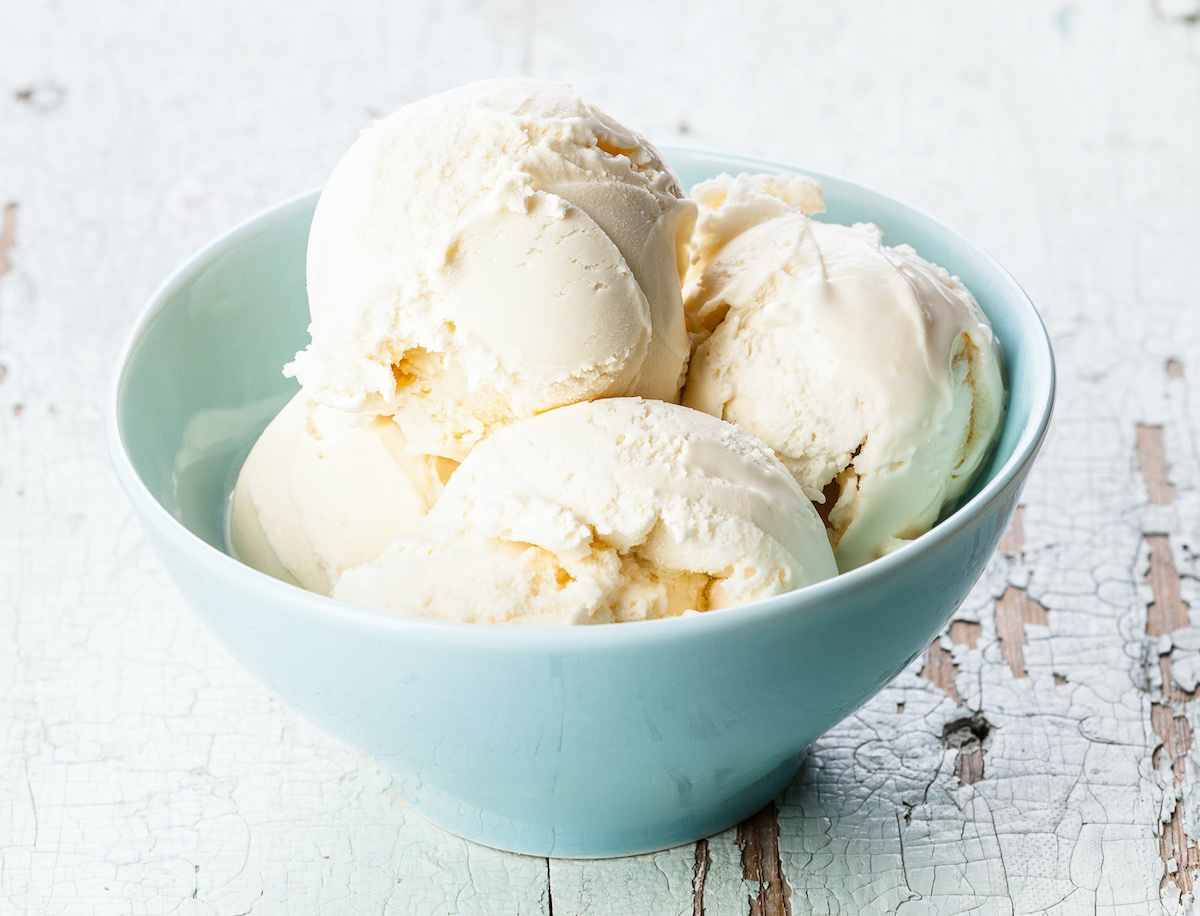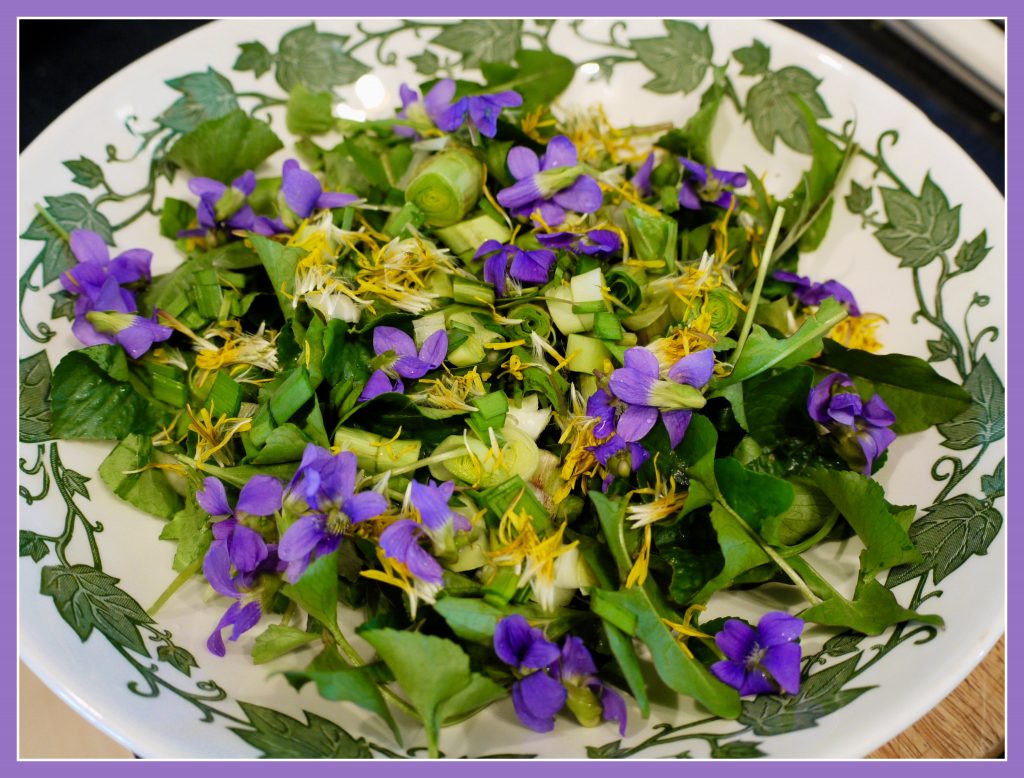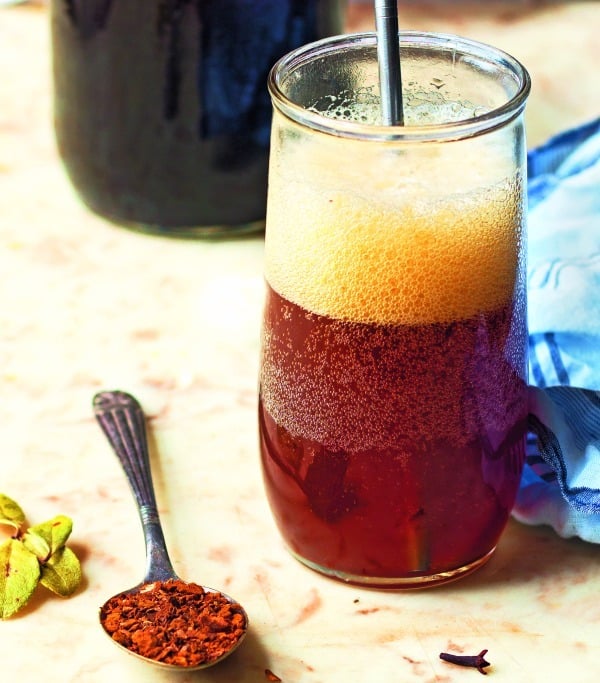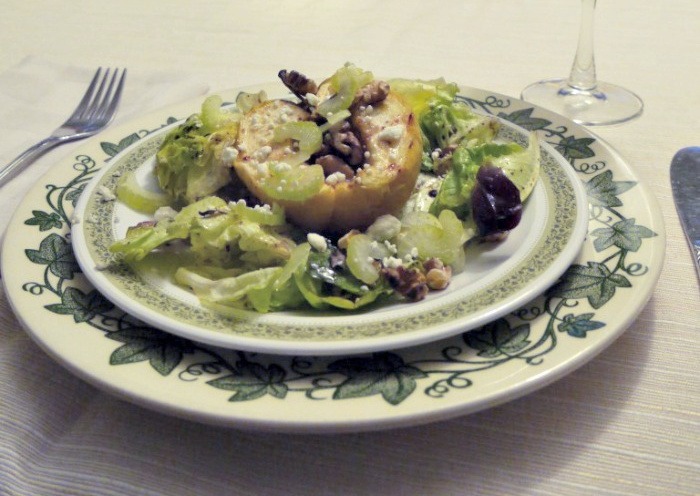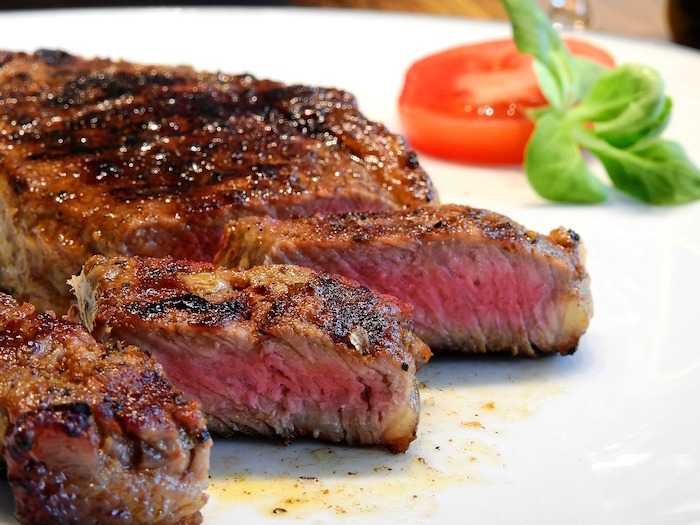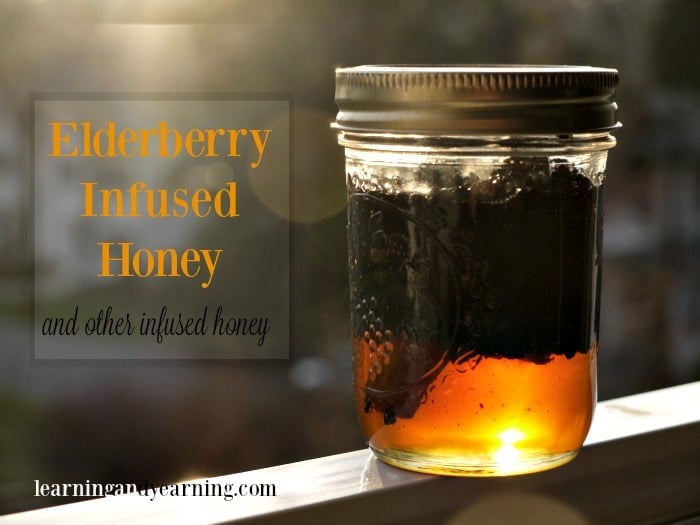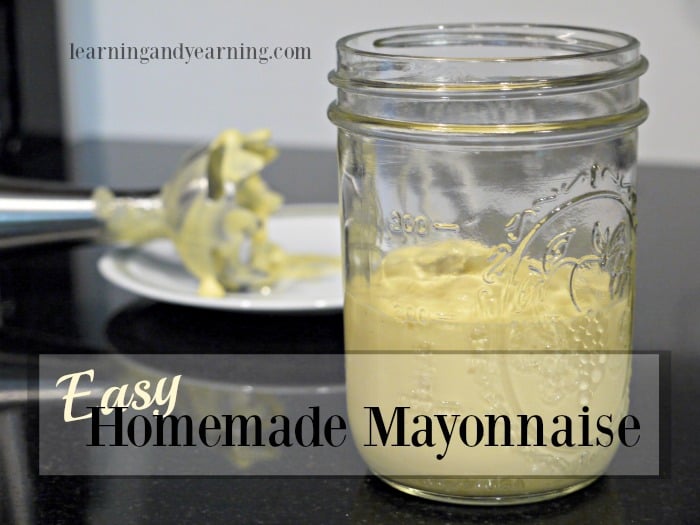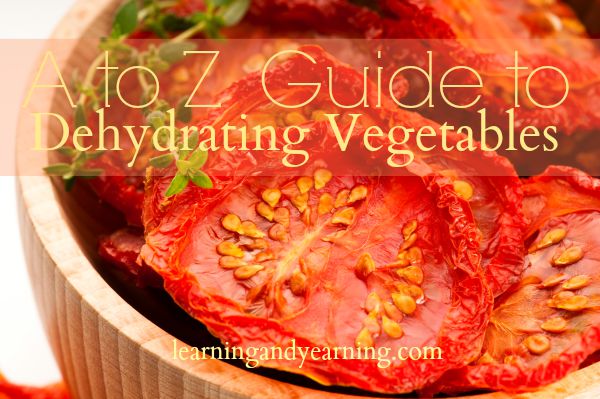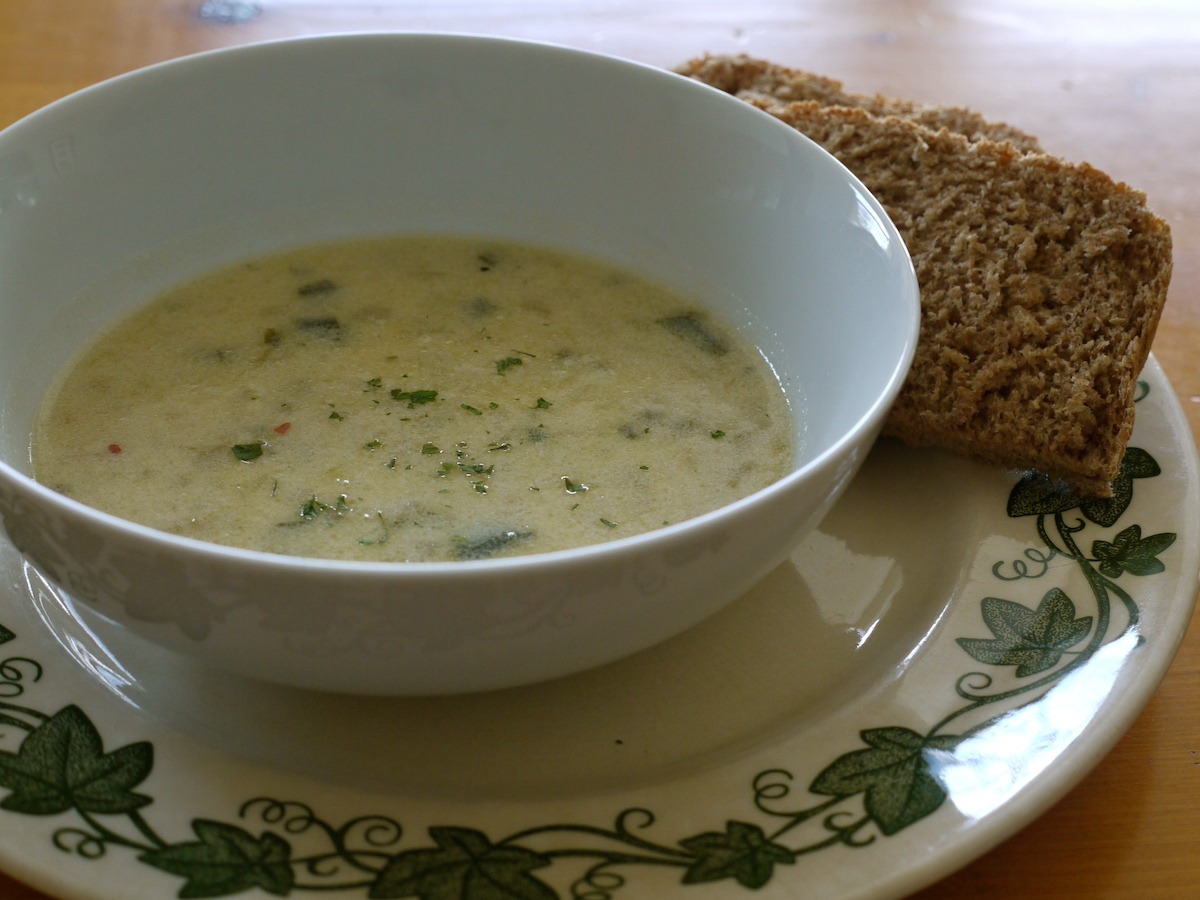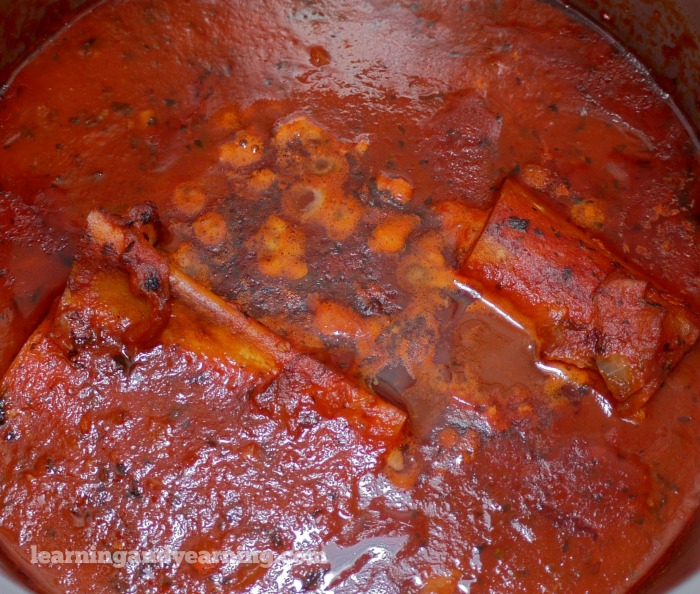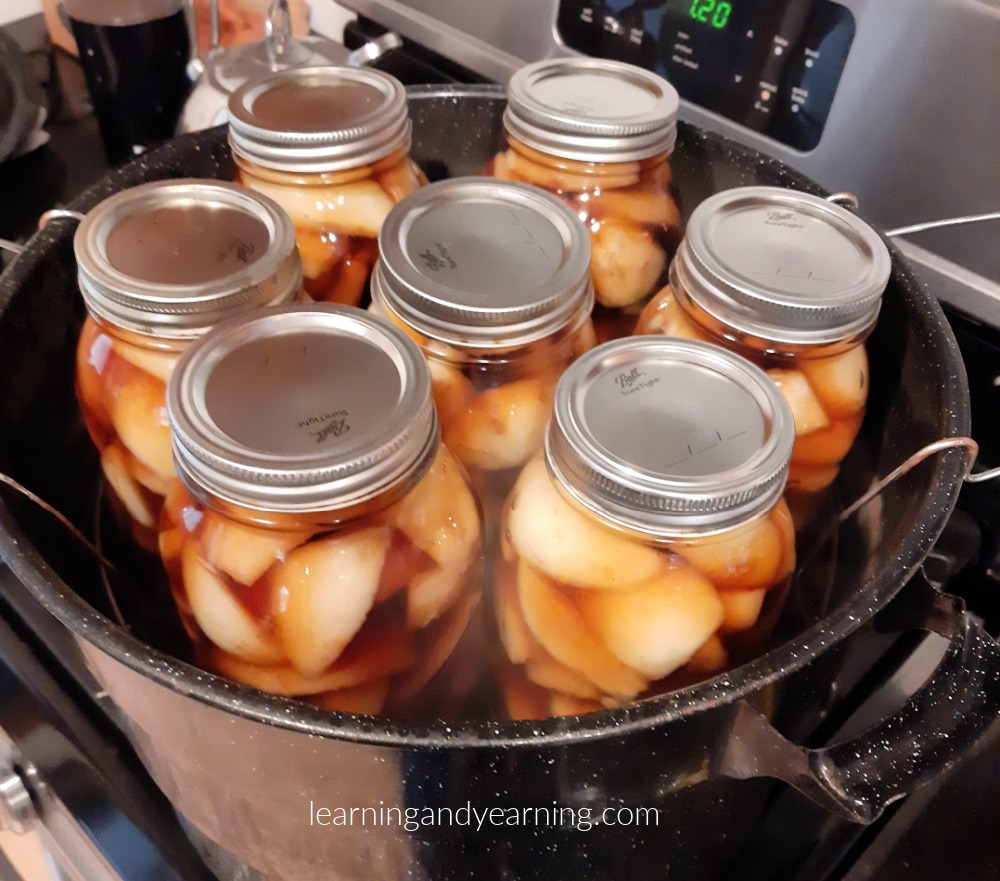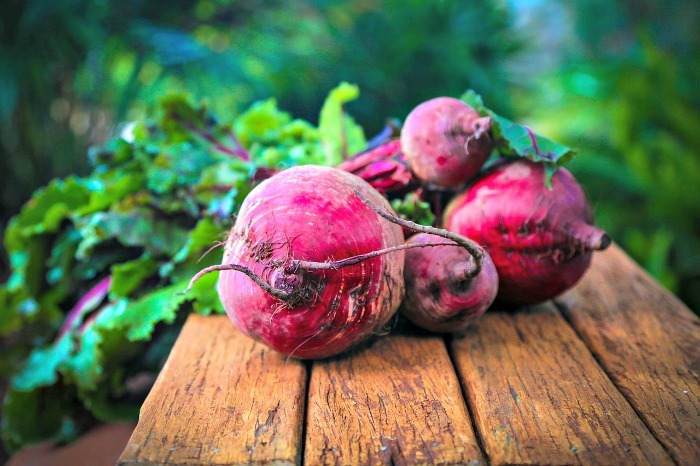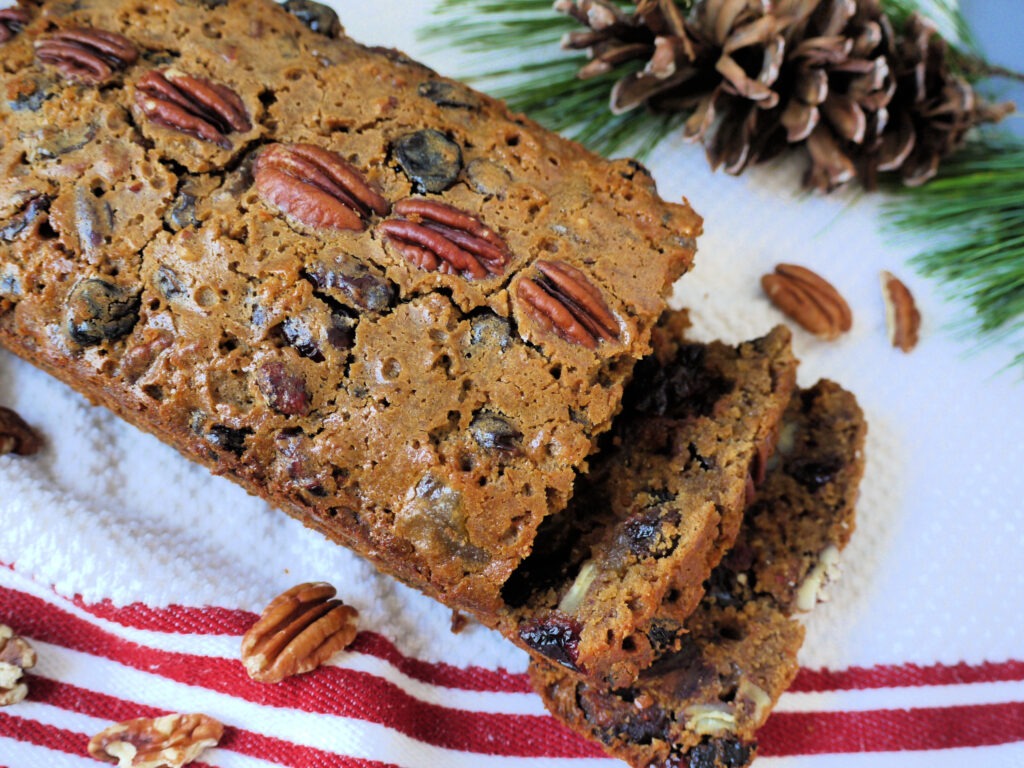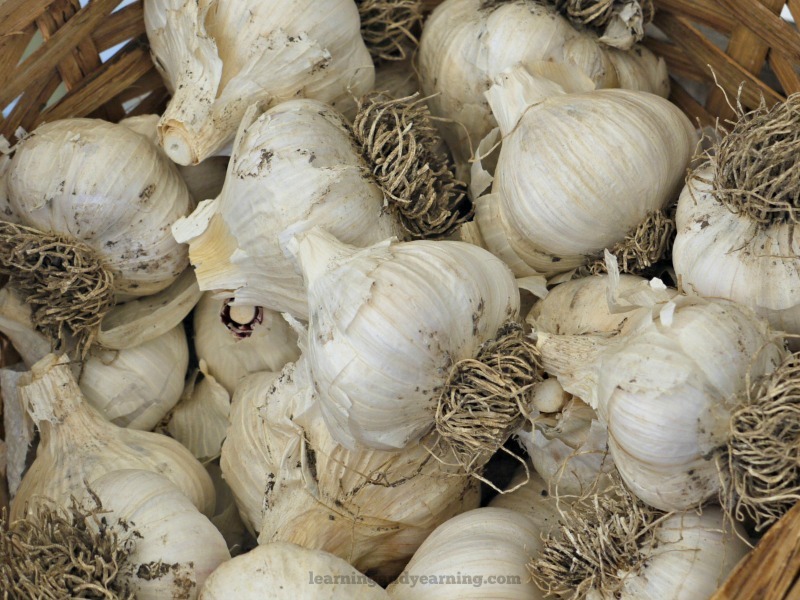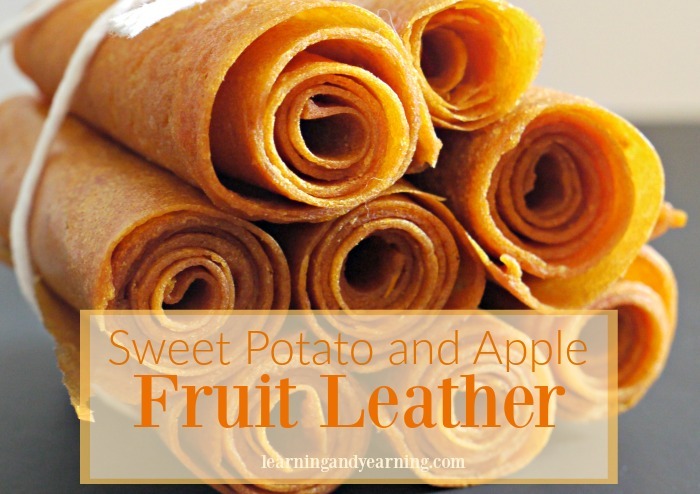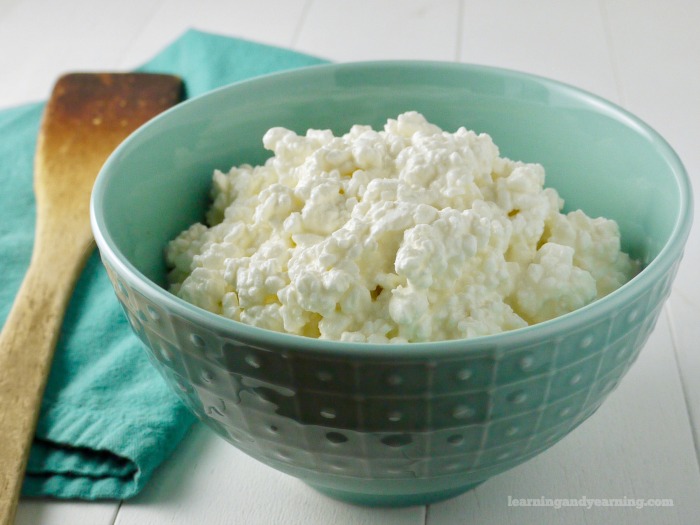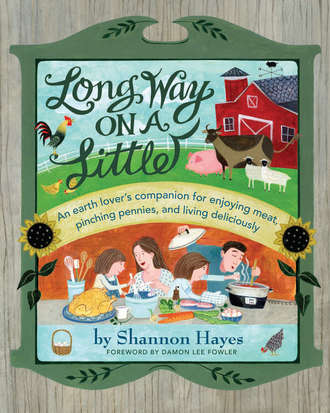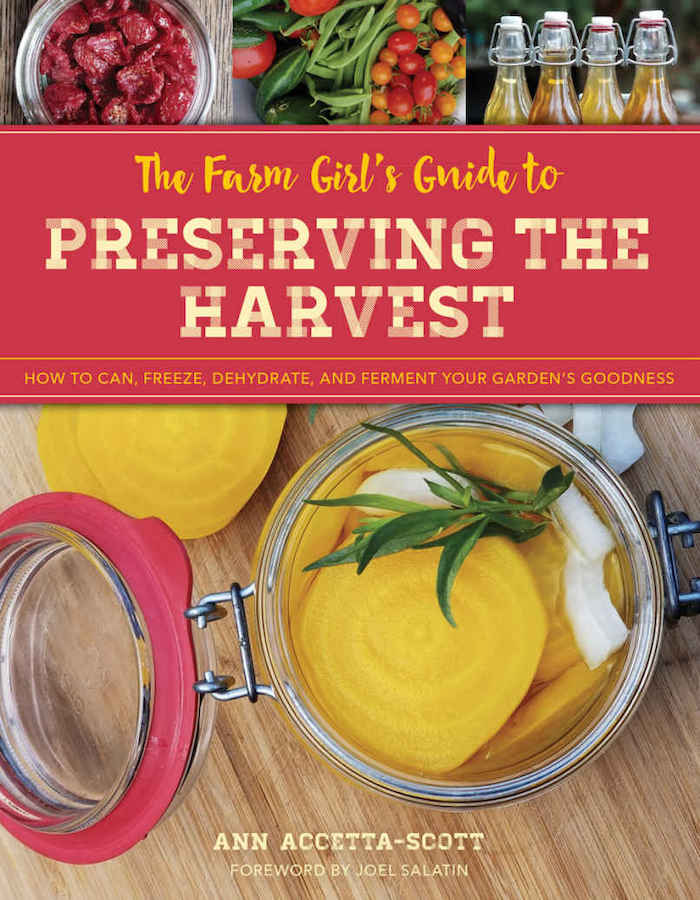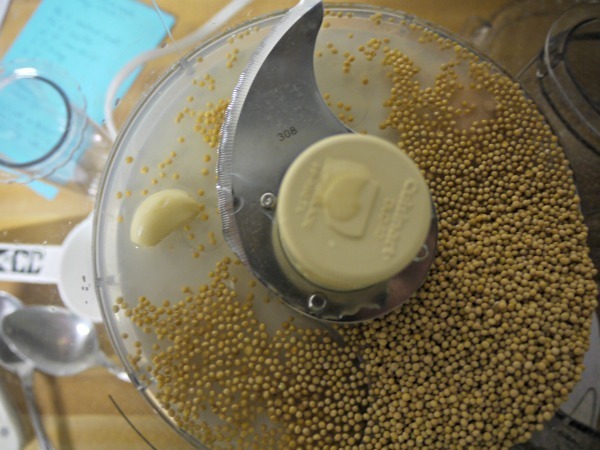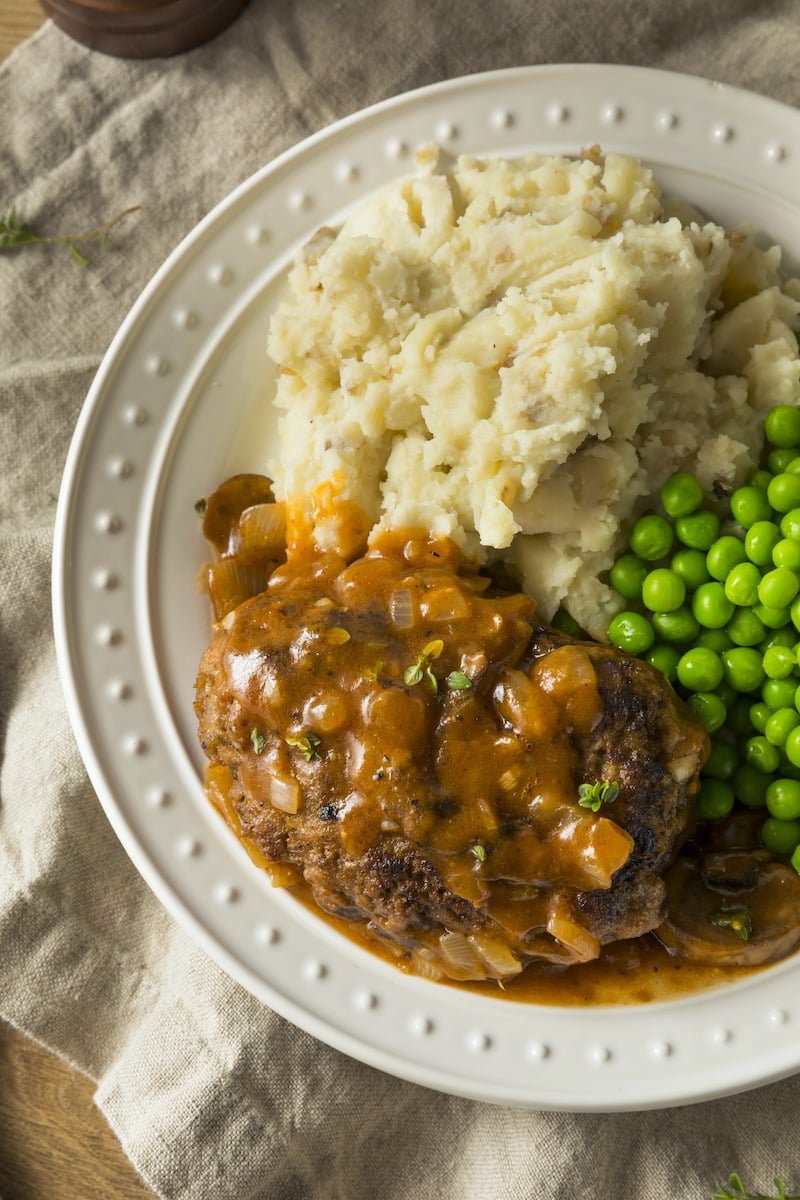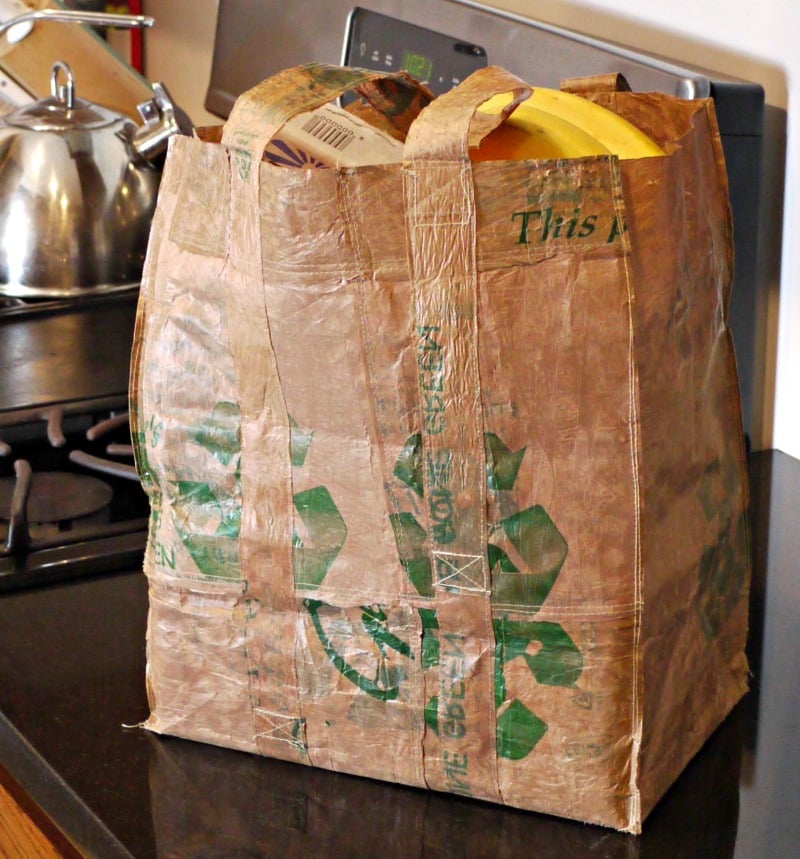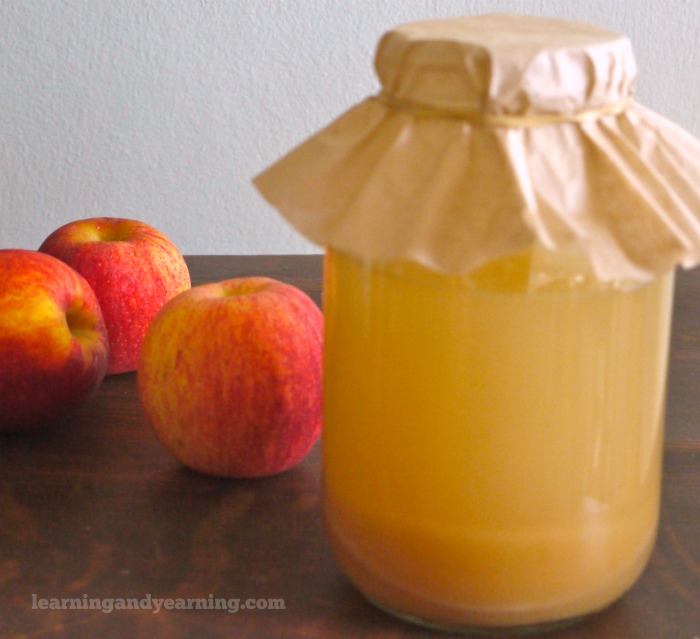Rufus was in a cage for 8 months. Out of dozens of cats at the animal shelter, I knew he was the one for us the minute I saw him and without warning, I was crying. Sheesh. Why do I do that?
The transition to our home wasn’t the easiest one for him. He wanted to be friendly, but his fear held him back. All we know about his time before the cage was that he was a stray. All they could tell us about his age was “adult cat”.
At first all Rufus would eat was the junkiest food out there. Food with lots of fillers and grains. We hoped to feed him raw cat food, but we had to let him adjust to his new environment before we could take that step.
Why Raw Cat Food
Cats are obligate carnivores. The nutrients they need for survival are only found in animal flesh including bones and organs. In the wild, their only reason to choose plant material is to cause them to vomit. Being predators, raw is natural for them.
The Choices for Feeding Raw Cat Food
We knew we wanted to feed Rufus raw, but the how of it was quite overwhelming at first.
The least expensive but most labor intensive option consists of grinding raw meat, bones and organs and adding egg yolk, and a number of supplements to ensure good health.
The easiest but most expensive option is to buy commercially available, ready-made frozen raw food.
We chose a middle ground. We purchase raw, ground meat from Hare-Today which also contains bones and organs. To this, we add Alnutrin, a pre-mixed supplement containing egg yolk, taurine, and all the supplements Rufus needs. Hare-Today’s meats are hormone and antibiotic free and are not raised in feed lots.
The Transition
Transitioning Rufus to raw cat food was no easier than transitioning a child who has been raised on processed junk food to real food. We took it very slowly.
The food Rufus was eating contained:
Poultry by-product meal, ground yellow corn, wheat flour, corn gluten meal, soybean meal, brewers rice, beef tallow preserved with mixed-tocopherols (source of vitamin E), fish meal, brewers dried yeast, animal digest, phosphoric acid, potassium chloride, calcium carbonate, tetra sodium pyrophosphate, calcium chloride, choline chloride, dicalcium phosphate, salt, taurine, zinc oxide, ferrous sulfate, vitamin supplements (E, A, B-12, D-3), L-Alanine, riboflavin supplement, niacin, calcium pantothenate, manganese sulfate, biotin, thiamine mononitrate, folic acid, pyridoxine hydrochloride, copper sulfate, citric acid, menadione sodium bisulfite complex (source of vitamin K activity), calcium iodate.
Doesn’t sound like something that would provide health to an obligate carnivore to me. This is like living on junk food and taking supplements to get your required nutrients.
We started by slowly switching him to Blue Buffalo Wilderness Grain-Free canned food. This was a fairly easy transition for him.
When we knew that Rufus had fully adjusted to the canned food, we began to slowly add raw food to the canned. Rufus is quite a finicky eater, and this is where things got difficult. We often had to take a step back and give him just the canned food, or less of the raw than previously.
It took several months, 4 at least, to get him to the point where he was eating all raw. Still, turkey is the only raw food he will eat straight. We want him to have variety in his diet, but everything else – goat or rabbit, for example – must be mixed with turkey. And he will not eat fish no matter how much turkey is mixed in. Period.
Our goal is to gradually get Rufus to eat larger pieces of meat because they do a better job of cleaning teeth. Now, even after about 6 months of eating all raw, he still wants it finely ground. Any larger pieces of meat are left in his dish. (Hare-Today sells some of its meat in a coarse grind).
Changes We Saw
From the beginning, Rufus has had a problem with hair balls. Every few days, he would start hacking, although he’d only occasionally vomit up a hairball. But they were huge.
I talked to his vet about the hairballs, and she suggested adding pumpkin to his diet. I did this at every feeding, but saw no change at all.
She also suggested a product that might help. It was basically petroleum jelly and sugar. The petroleum jelly coats the cat’s intestines allowing the hair to more easily pass through. Yes, and it can also prevent your cat’s body from absorbing fat-soluble vitamins. No, thank you.
But, from the minute that Rufus began eating 100% raw cat food, he has not had a problem with hairballs. I had wondered if this was just a coincidence, but at one point I had to give him some canned food for just a few days, and again he started that hacking. And this was a high quality canned food. He is clearly much healthier, and much more comfortable eating raw.
Raw Cat Food Recipe
It’s really quite simple to prepare the raw cat food, and takes me only about 10 minutes every 2 weeks. For every pound of ground meat (with organs and bones), I add one scoop of Alnutrin supplement for cats, and a little water to dissolve the supplement. I generally mix up 5 pounds at a time. This can be frozen in ice cube trays for quick defrosting, but I find it easier to freeze it in 2 cup pyrex bowls like these. I generally need to defrost one of these every 2 -3 days.
The Cost
Rufus weighs 10 pounds and eats about 10 pounds of food per month. 5 pounds of ground turkey/bones/organs costs $16.20. Rabbit and goat are a bit more expensive. The package of Alnutrin is $25.99 and is enough for 35 pounds of meat. And of course, I have to pay shipping. Altogether, I’d say that I spend about $45 per month.
A case of the Blue Buffalo Wilderness canned food costs around $40 – $45 depending on variety and only lasts about 24 days at 1 can a day. So, I’m doing ok feeding raw. Feeding him a cheaper food with grain just isn’t an option.
And He Lived Happily Ever After
The shy little cat we brought home from the shelter is now ruling the roost. He’s friendly and playful, and has a gorgeous, silky coat just purrfect for petting. (Sorry, I couldn’t help myself).
Do you feed your cats or dogs raw? How is that going for you?




